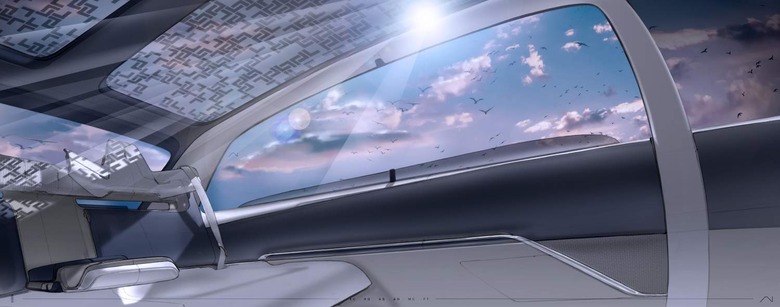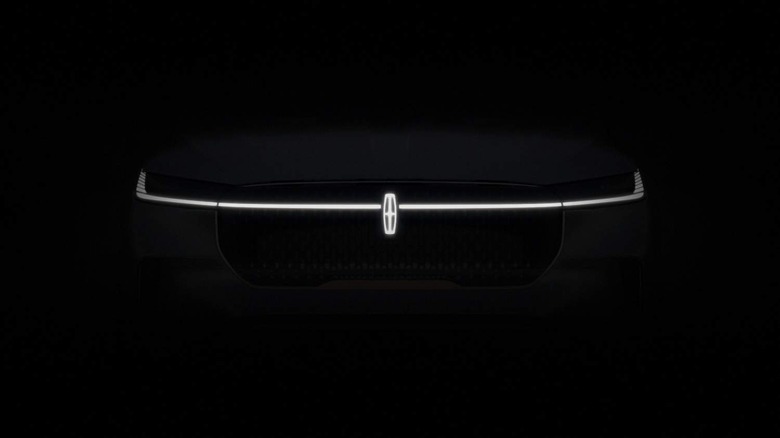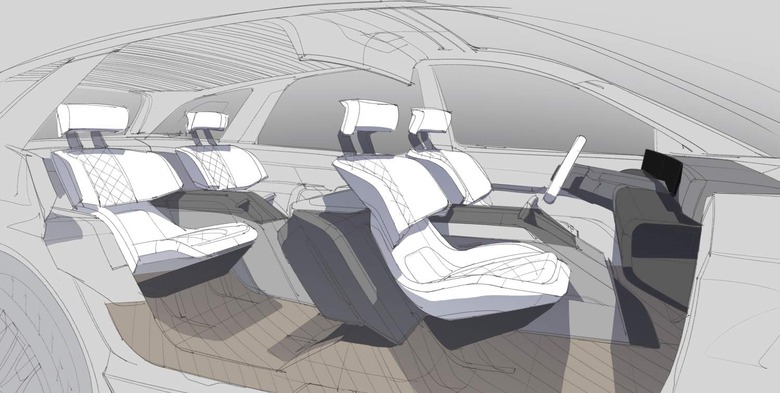Lincoln Pledges Full Electrification By 2030
Lincoln will electrify its entire range by 2030, the automaker has announced, joining the industry shift toward ousting combustion engines in favor of zero-emissions. It comes after launching plug-in hybrid versions of several of its SUVs, with Lincoln promising to debut its first all-electric model in 2022.
By midway through this decade, meanwhile, Lincoln says it expects half of its global sales volume to be of zero-emissions vehicles. That's ambitious, given right now the company doesn't even have one such car to sell. Models like the Corsair Grand Touring offer a PHEV drivetrain, but the reality is that you only get 25 miles of electric range before the gas engine kicks in full-time.

Lincoln's answer will be a new platform. It's a newly flexible architecture, the automaker says, capable of underpinning rear-wheel drive and all-wheel drive battery-electric models: Lincoln plans to use it for four "new and distinct" EVs. This is, it's worth noting, different from the Rivian skateboard platform; Lincoln had originally intended to use that for its EV, but that project has been put on hold.
Exactly what form its first electric model will take, Lincoln is coy on. The obvious option would be an SUV or crossover, of course. Not only is that the direction in which the market – and Lincoln's existing sales – is trending, bigger cars offer more space to accommodate larger battery packs.
However Lincoln has been flirting with other possibilities, at least in concept form. The Zephyr Reflection was a design exercise with the tastes of the Chinese market – a huge one for the automaker – in mind, revealed at Auto Shanghai 2021 back in April. Evolving the recognizable cues of the discontinued Lincoln Continental, but with altogether bolder styling, it was billed as a preview of what the brand could do in the future. Lincoln's exterior tease of the new EV's front light graphics seems to line up with what we've seen from Zephyr Reflection.

Meanwhile, that concept's approach chimes with what the automaker is saying about its upcoming EV. "Evolving Lincoln's design, the fully electric Lincoln will deliver a more spacious interior that creates the ultimate expression of the Lincoln sanctuary," the company promises. "On approach, the exterior presents a striking, modern aesthetic, while the iconic Lincoln star evolves to meet an electrified future. Thoughtful details inside create a truly rejuvenating space for all, with clever storage solutions and minimalistic panels, while a larger, expansive panoramic vista roof enhances natural light and provides a more open, airy feel throughout."
That's a whole lot of design-speak, but there's no denying that EVs do have clear advantages in luxury vehicles. Instantaneous torque but from a quieter drivetrain, along with less intrusion from mechanical components into the cabin, all make a lot of sense for a high-end vehicle.

Lincoln's target is more aggressive than that of corporate parent Ford, it's worth noting. Ford expects to have around 40-percent of its models electric by 2030, though it does a commercial range of work trucks to consider. Lincoln, in contrast, has a much more focused portfolio.
As for charging, Lincoln plans to borrow Ford's strategy of collating other providers into a central interface. That'll be the Lincoln Charging Network, with partners like Electrify America and others included into the Lincoln Way app. You'll presumably also be able to access that through Lincoln's new infotainment system, which it is building atop Android.
Finally, there'll be Lincoln ActiveGlide, a hands-free highway driving assistance system. Like Ford BlueCruise, it'll use driver-attention cameras to make sure the person behind the wheel is paying attention to the road, even if their hands aren't on the wheel. However it will only operate on stretches of pre-mapped, divided highway. Ford plans an over-the-air update to deliver BlueCruise functionality to Mustang Mach-E and F-150 models with the right hardware package later in 2021.
